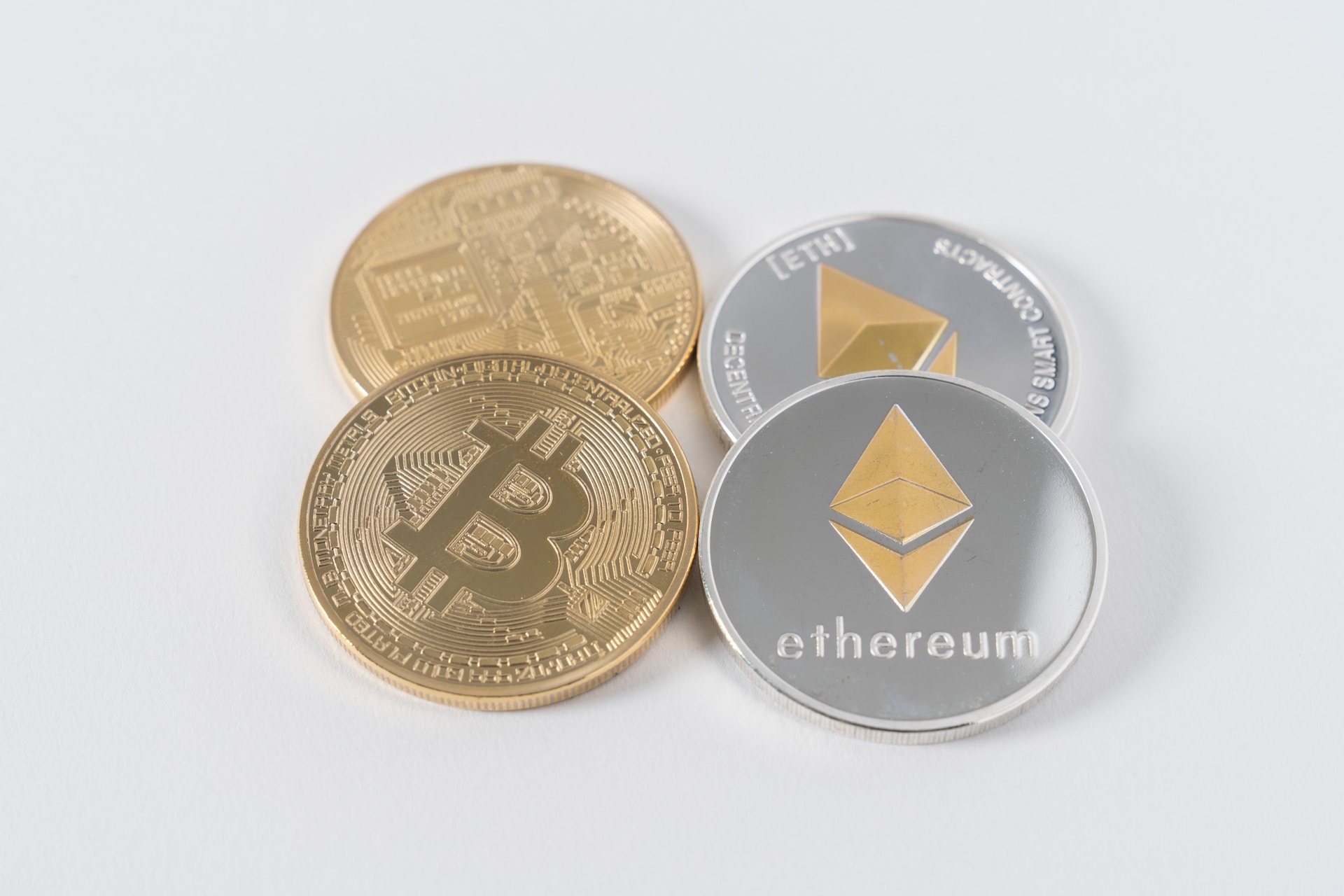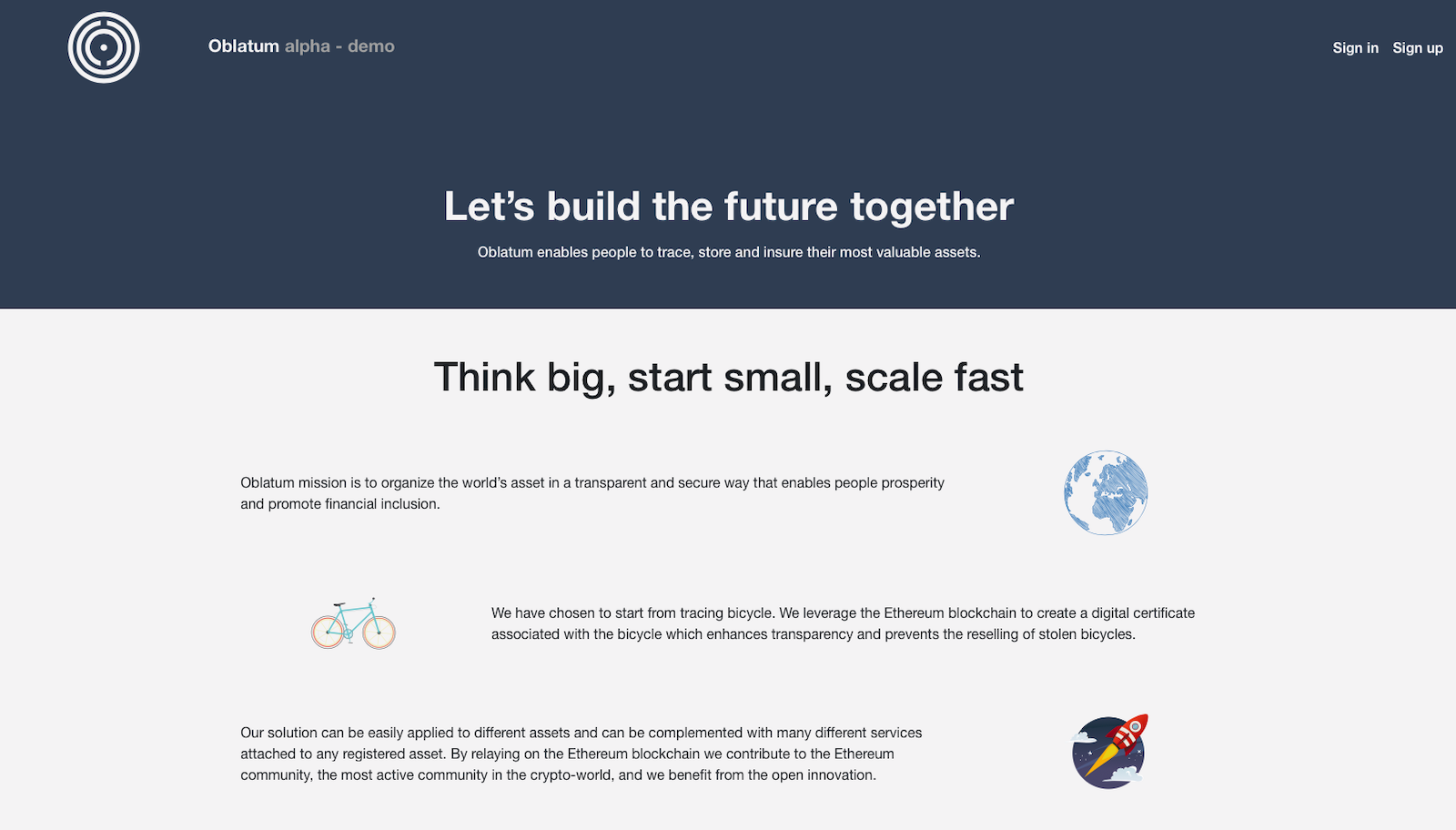Dealing with assets property certificates is, most of the times, cumbersome.
In Italy when you buy a car you have to pay at least € 235 in property transfer. When you buy a house it starts from around € 5000. Even if you buy something not legally regulated but valuable (in terms of money) you need to keep your receipt and register your purchase for warranty purposes on a proprietary software given by the manufacturer. Then if you sell it, or more so if you are the one who buys second-hand, it’s hard, when possible, to get warranty transferred to the new owner. Been there, done that.
I think that’s not the way it has to be and with blockchain we can fix it.
Asset management
It is pretty easy to deal with assets management as there aren’t some many things you can do with those. Let’s take a bicycle, what comes to mind are four major operations:
-
create an asset (you just bought it),
-
transfer an assets (you sold it to someone else),
-
delete an assets (it’s gone),
-
report as stolen or lost or broken for warranty purposes.

Photo by Héctor Martínez.
Problem is with assets you have to get things right, and that’s why the most valuable of them are legally regulated. You should really avoid having someone go to some office and reclaim another one house as it was his own, right? Same should be for bikes. So those few actions need to be stored in a really secure manner.
Thing is, with blockchain, you can do that at a fraction of the cost we are currently paying, in a more organized, secure, paper-less way.
Blockchain
Blockchain is the technology that enables cryptocurrencies to work.

Photo by Thought Catalog.
When you buy, let’s say, some Bitcoins or Ethereum you are actually making a transaction, as it would be for real money, of a fungible item which is the coin itself. What blockchain is really good at is keeping a history of those transactions.
The point is that, sure, you can use blockchain technology for coins, and that’s pretty interesting but you can use it for a bunch of other things too.
With blockchain we can make sure we have an immutable database that stores assets ownership, but you have to develop some kind of contract, let’s call it a “certificate” which identifies a single asset.
That’s because the difference between these and coins is that assets are non-fungible, meaning that my bicycle is not just “a bicycle” and it’s different from your one.
Oblatum platform
That’s the why and the how we built Oblatum.

Oblatum mission is to organize the world’s asset in a transparent and secure way that enables people prosperity and promote financial inclusion.
We have chosen to start from tracing bicycle. We leverage the Ethereum blockchain to create a digital certificate associated with the bicycle which enhances transparency and prevents the reselling of stolen bicycles.
Our solution can be easily applied to different assets and can be complemented with many different services attached to any registered asset. By relaying on the Ethereum blockchain we contribute to the Ethereum community, one of the most active community in the crypto-world, and we benefit from the open innovation.
Try our demo
We are going to release a demo of Oblatum today! Register to www.oblatum.io to try a new way to manage your assets.
Feel free to open issues, for errors or problems you may find, on GitHub: https://github.com/andreacasarin/oblatum. It’s open-source!
